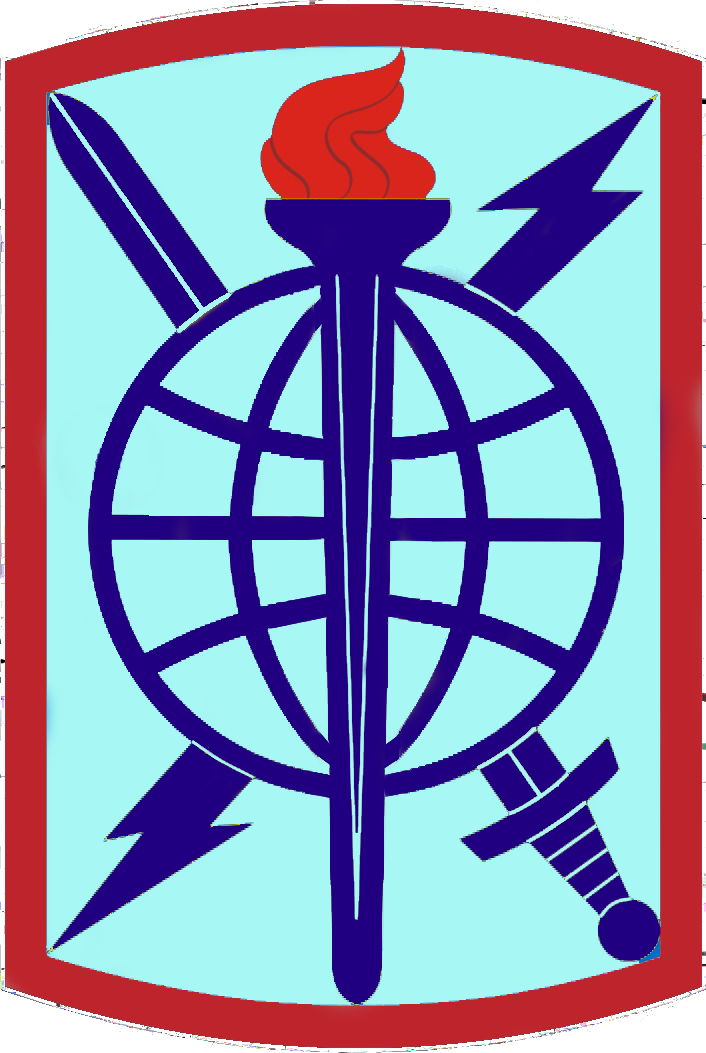



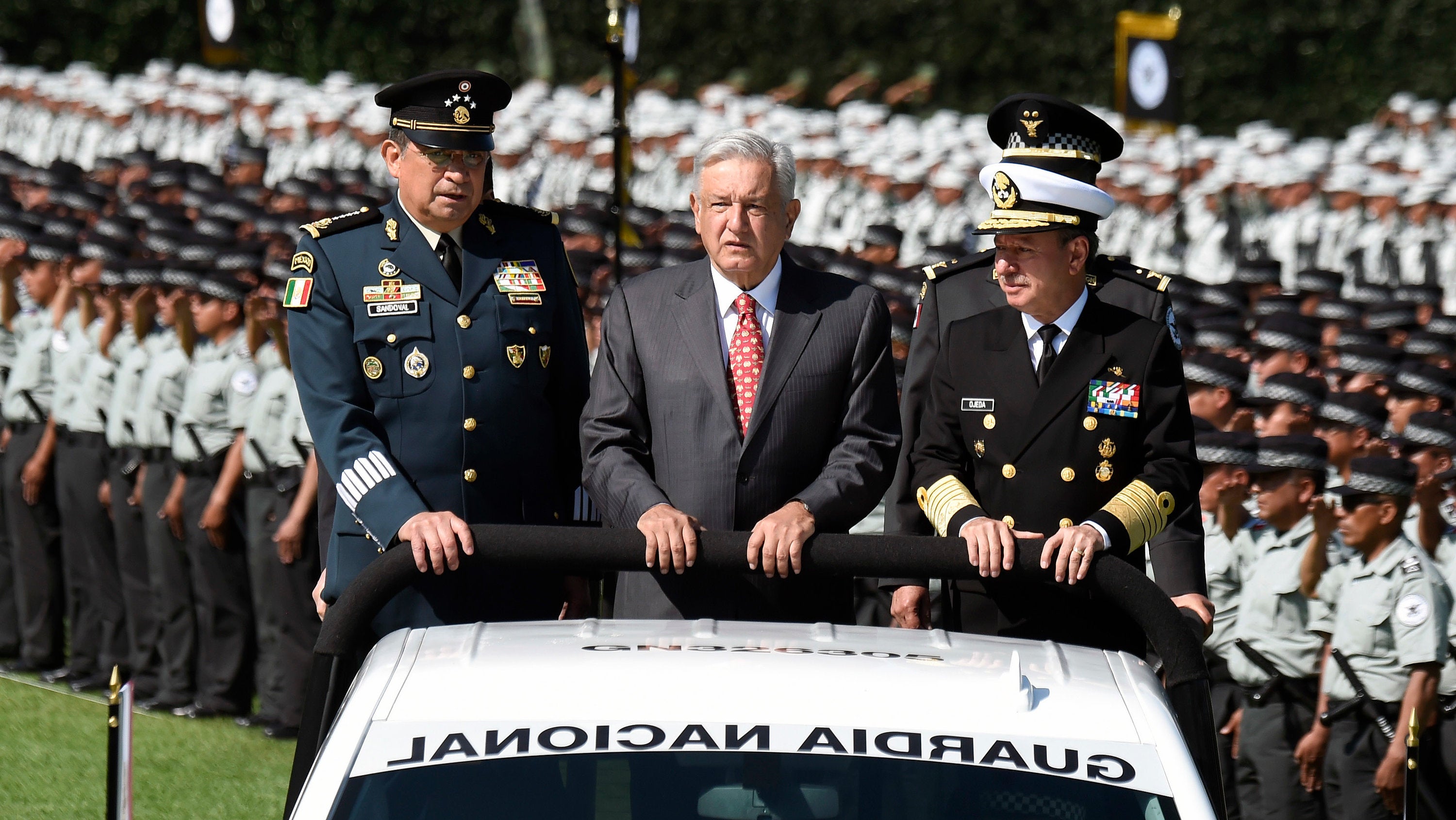
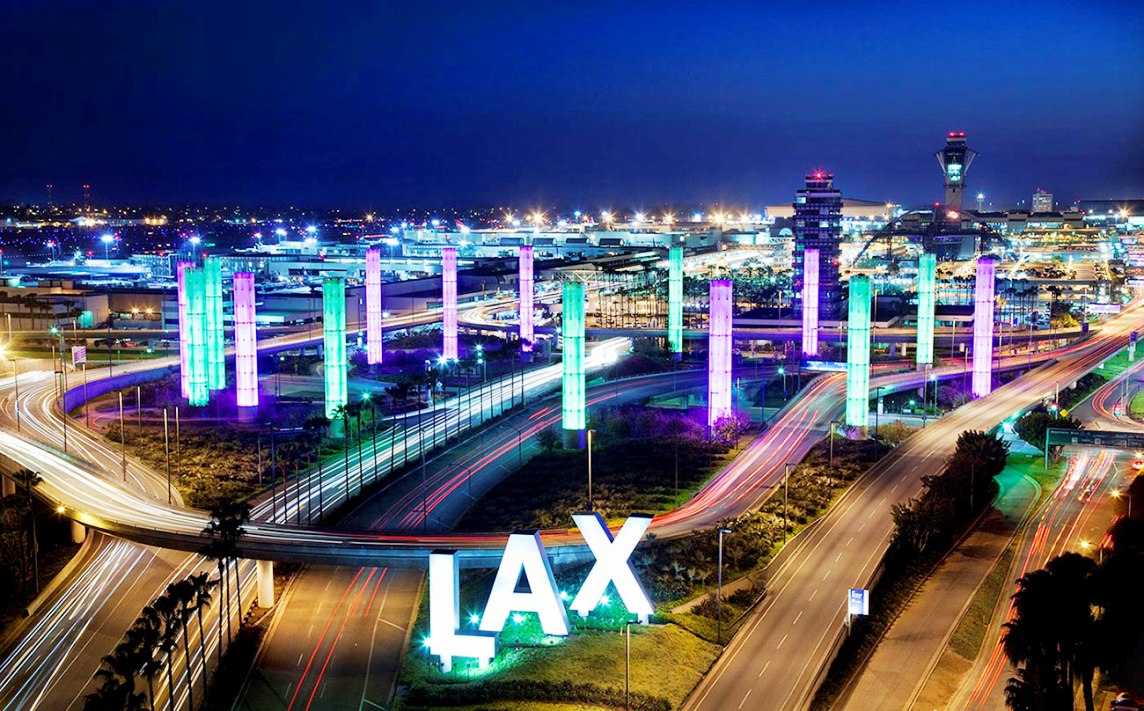
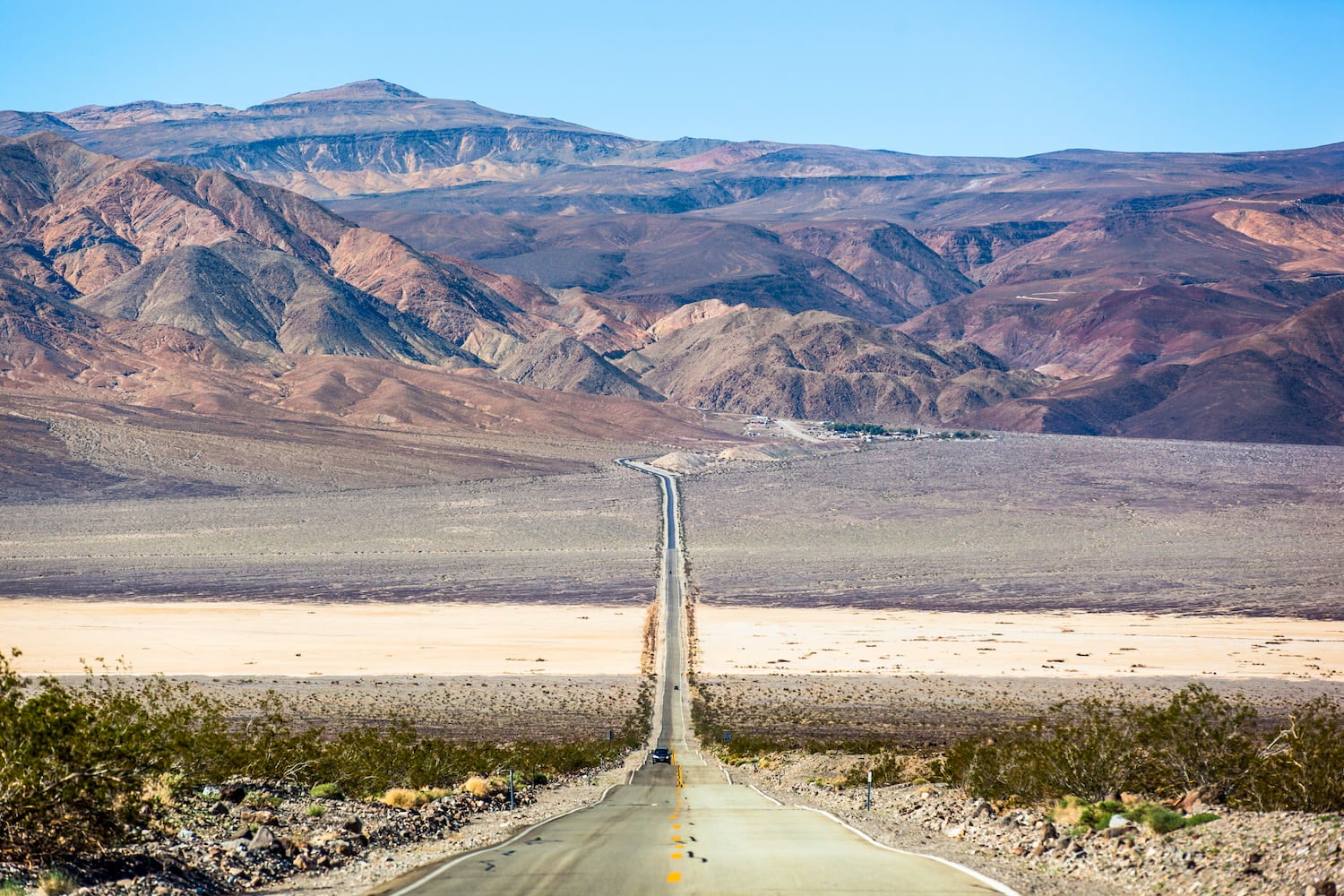

 Shades of Time | Trails of the Century
Shades of Time | Trails of the Century
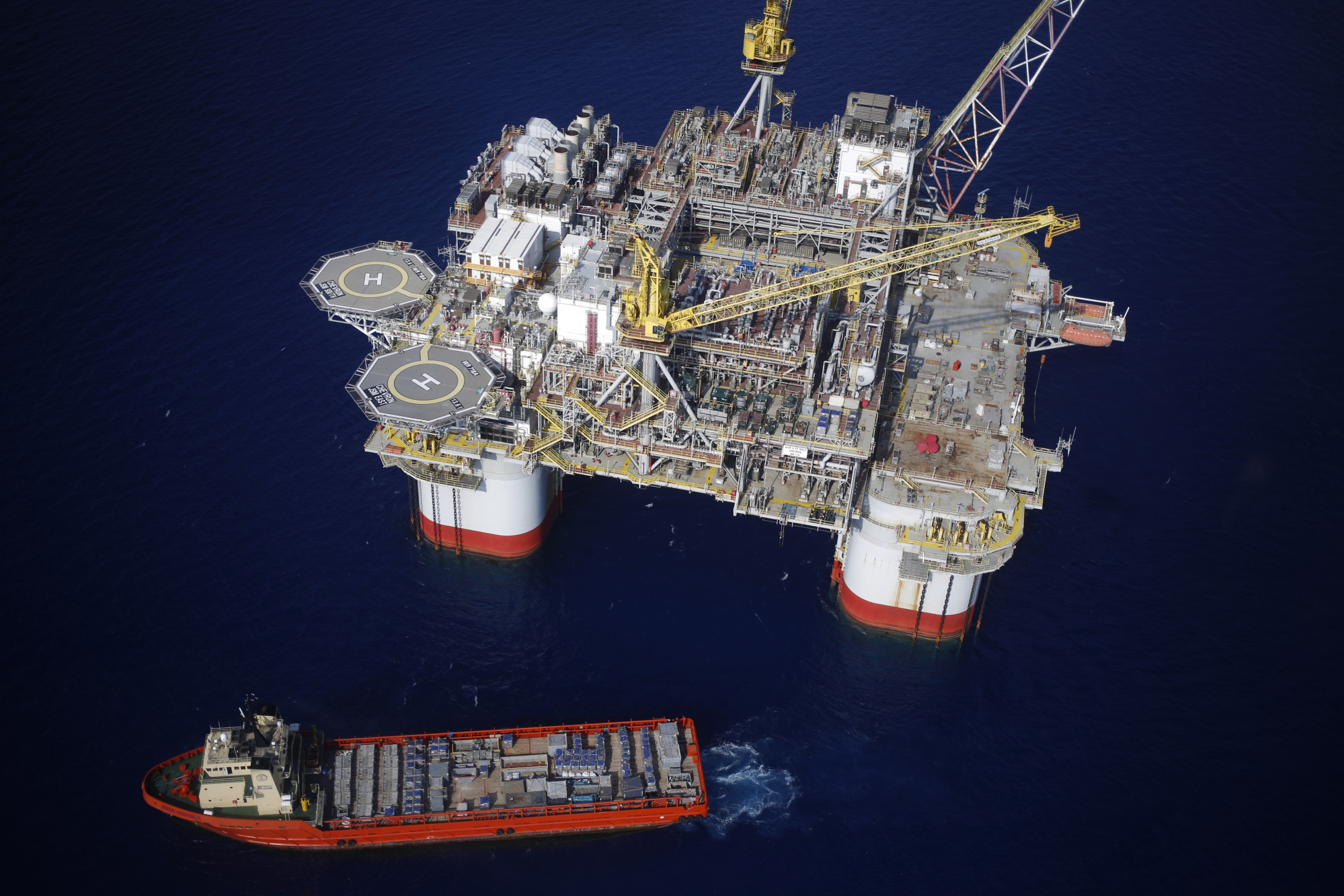 Skillfully, the DVN network is designed to mobilize capital ventures from the Central Basin fleet expansion project as reputable field training yields a competitive labor market. Exclusively, the DVN network establishes the framework for development of municipal corporations in the Central Basin. Additionally, the DVN network integrates research from the True North Zone to expand constellation networks for outer space missions. Pertinently, topography maps on the DVN network identifies the True North Zone easily along the Central Basin from the Mississippi river which spans between Lake Superior and the Gulf of Mexico. Affirmatively, the Central Basin fleet expansion project saturates the True North Zone with muni market ventures to increase regional stability. Essentially, the Central Basin fleet expansion project accelerates industrial productivity while extending military cooperation for climate security. Moreover, the Central Basin fleet expansion project unifies LATPACT and adds momentum to multi-national alliances. Fiscally, the Central Basin fleet expansion project incorporates defense spending with capital ventures to produce revenue on the muni market.
Skillfully, the DVN network is designed to mobilize capital ventures from the Central Basin fleet expansion project as reputable field training yields a competitive labor market. Exclusively, the DVN network establishes the framework for development of municipal corporations in the Central Basin. Additionally, the DVN network integrates research from the True North Zone to expand constellation networks for outer space missions. Pertinently, topography maps on the DVN network identifies the True North Zone easily along the Central Basin from the Mississippi river which spans between Lake Superior and the Gulf of Mexico. Affirmatively, the Central Basin fleet expansion project saturates the True North Zone with muni market ventures to increase regional stability. Essentially, the Central Basin fleet expansion project accelerates industrial productivity while extending military cooperation for climate security. Moreover, the Central Basin fleet expansion project unifies LATPACT and adds momentum to multi-national alliances. Fiscally, the Central Basin fleet expansion project incorporates defense spending with capital ventures to produce revenue on the muni market.
Strategically, the DVN network establishes a primitive exchange of products and services for the muni market with the FAST 2040 initiative. Jointly, the Central Basin fleet expansion project generates revenue for both warships and marine research vessels. Inherently, the Central Basin fleet is projected to add 40 new maritime vessels for over a period of 20 years. Fiercely, ellaborate planning with Mexico's Secretariat of National Defense (SEDENA), Secretariat of the Navy (SEMAR) and Secretariat of Environment and Natural Resources (SEMARNAT) ensures mission readiness for the Central Basin fleet.
 24 constellation satellite networks for DSN missions
24 constellation satellite networks for DSN missions Central Basin Fleet Expansion Project
Central Basin Fleet Expansion Project Bottom-Line drills for climate security
Bottom-Line drills for climate securitySubstantially, the True North Zone and the DVN network expands climate security in the Gulf of Mexico while fueling municipal corporation with the Central Basin fleet expansion project. Internationally, the DVN network drives momentum and builds cohesion for a new international system. Simutaneously, the DVN network equips the True North Zone with naval infantry and marine specialists for exploration missions from the Carbajal Valley. Generously, the DVN network models military cooperation with climate security for the Central Basin fleet.
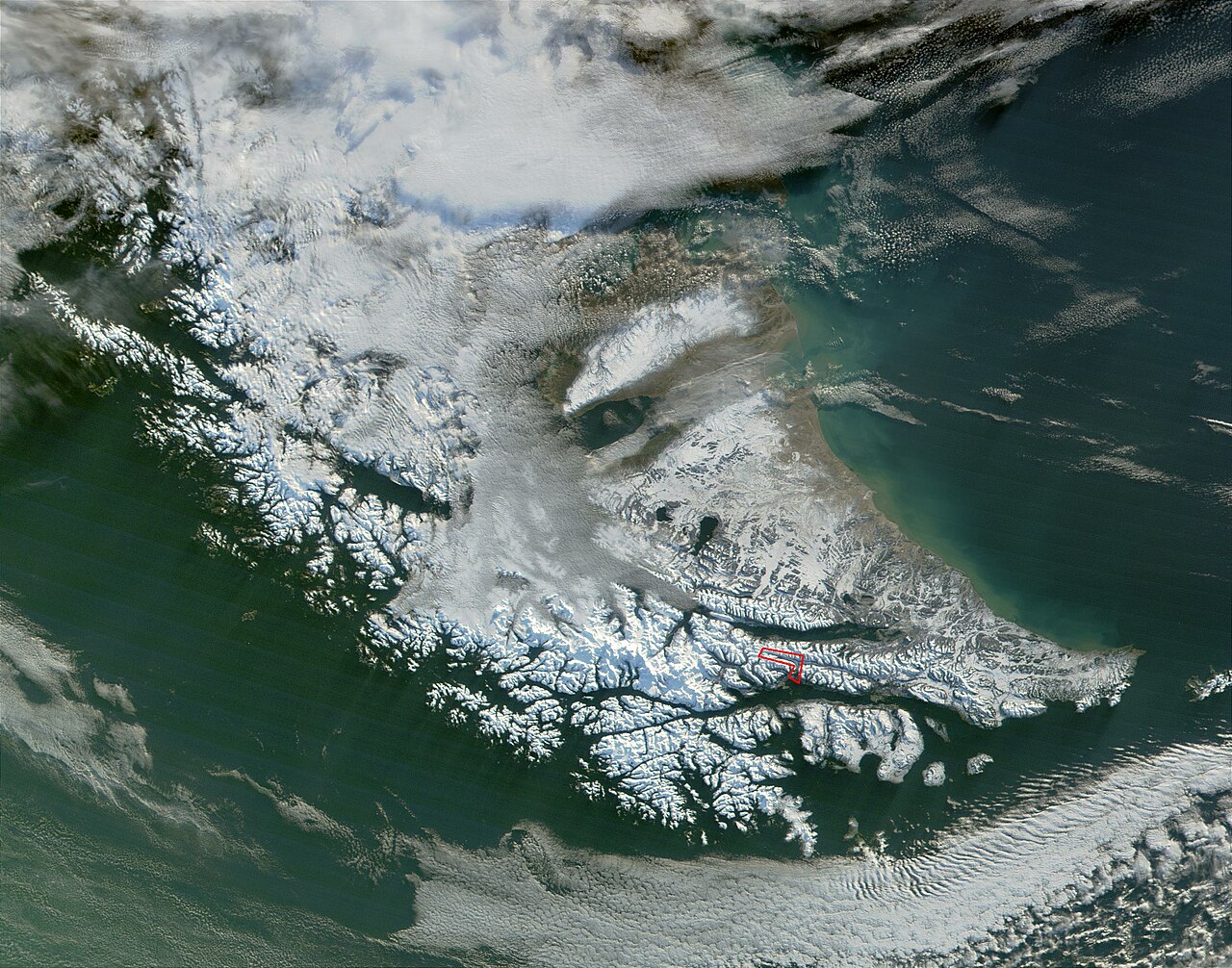 Prominently, the Central Basin fleet is outfitted with a mechanized infantry regiment which is centralized with the East and West Valley Infantry Divisions. Internationally, the mechanized infantry regiment is observed with the Far and Deep West divisions which build community relations from climate security. Meanwhile, the East Valley infantry division (25,000 members) achieves corp level success with combat support, combat readiness, electronic warfare and anti-terrorism. Publicly, the East Valley infantry division is integrated with the West Valley division to establish the security framework for high-speed railroad networks throughout the Central Basin. Accordingly, the East Valley infantry division ranges between motorized, mechanized, and armoured units. Remotely, the East Valley infantry division includes airborne, mountain, and amphibious assault units.
Prominently, the Central Basin fleet is outfitted with a mechanized infantry regiment which is centralized with the East and West Valley Infantry Divisions. Internationally, the mechanized infantry regiment is observed with the Far and Deep West divisions which build community relations from climate security. Meanwhile, the East Valley infantry division (25,000 members) achieves corp level success with combat support, combat readiness, electronic warfare and anti-terrorism. Publicly, the East Valley infantry division is integrated with the West Valley division to establish the security framework for high-speed railroad networks throughout the Central Basin. Accordingly, the East Valley infantry division ranges between motorized, mechanized, and armoured units. Remotely, the East Valley infantry division includes airborne, mountain, and amphibious assault units.
Auspiciously, the DVN network innovates regional development while mobilizing the Central Basin fleet with climate security. Particularly, the Deep West Infantry Division is integrated with tactical units which specialize in air defense, engineering and reconnaissance groups. Aptly, the DVN network incorporates space warfare as the Central Basin fleet is postured towards the Carbajal Valley. Diplomatically, the DVN network expands regional development as a new international system models the horizon for the Central Basin fleet. Specifically, the rapid-response regiment is geared to extinguish the spread of wildfires on the Pacific coastline.
Judiciously, the DVN network incorporates quantum technology with the rapid-response regiment to achieve climate security. Extensively, the rapid-response regiment is equipped with data science as solutions for area control become apparent. Significantly, the rapid-response regiment intervenes with natural disasters among other state of emergencies. Likewise, the rapid-response regiment is armed with heavy artillery units to increase regional stability. Regionally, the rapid-response regiment is engaged with the war on drugs in the US to eradicate organized criminal networks, extremist groups and terrorist organizations. Strategically, the DVN network is distinguished with an array of services for the Central Basin fleet as climate security includes disaster preparedness and combat readiness. Methodically, data science and military research drives ingenuity on the DVN network.
1st Quarter Highlights
|
|